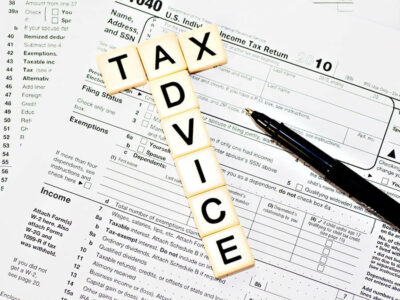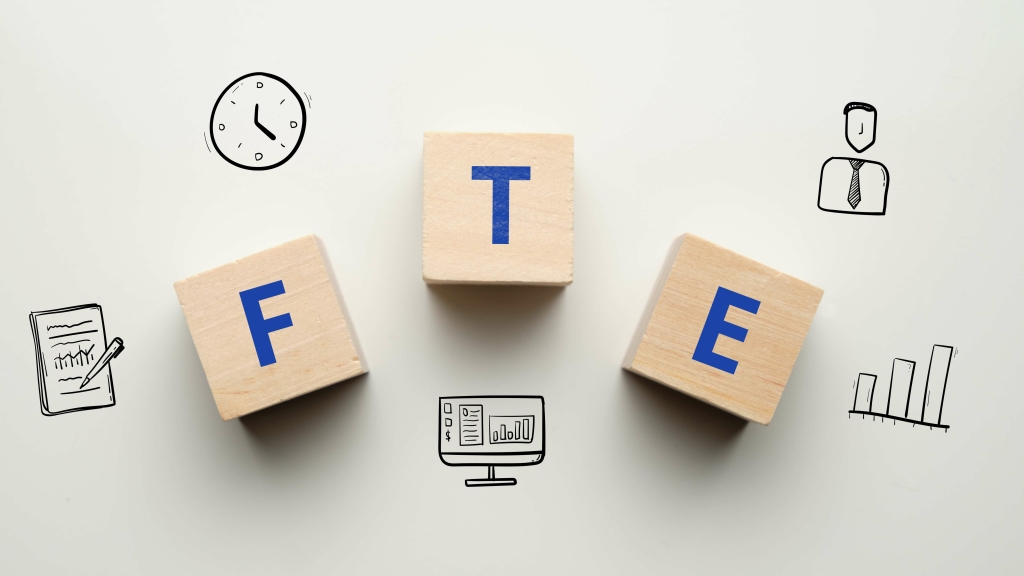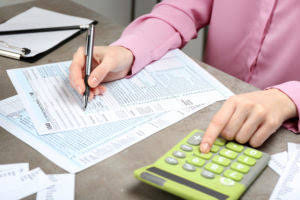
Note that the double-declining multiplier yields a depreciation expense for only four years. Also, note that the expense in the fourth year is limited to the amount needed to reduce the book value to https://www.bookstime.com/ the $20,000 salvage value. This rate is applied to the asset’s remaining book value at the beginning of each year.
- Employing the accelerated depreciation technique means there will be lesser taxable income in the earlier years of an asset’s life.
- DDB depreciation is less advantageous when a business owner wants to spread out the tax benefits of depreciation over a product’s useful life.
- In this scenario, we can use the formula to calculate the depreciation expense for the first year.
- But before we delve further into the concept of accelerated depreciation, we’ll review some basic accounting terminology.
- The double declining balance method of depreciation is just one way of doing that.
- When comparing an early accounting period to a later one, the double declining method has higher expenses earlier in the asset’s life.
- The double declining balance method of depreciation, also known as the 200% declining balance method of depreciation, is a form of accelerated depreciation.
Ready to Experience the Future of Finance?
Certain fixed assets are most useful during their initial years and then wane in productivity over time, so the asset’s utility is consumed at a more rapid rate during the earlier phases of its useful life. Enter the straight line depreciation rate in the double declining depreciation formula, along with the book value for this year. If something unforeseen happens down the line—a slow year, a sudden increase in expenses—you may wish you’d stuck to good old straight line depreciation.

Step 3: Calculate the double declining depreciation rate
- Depreciation is a crucial concept in business accounting, representing the gradual loss of value in an asset over time.
- When it comes to taxes, this approach can help your business reduce its tax liability during the crucial early years of asset ownership.
- In basic terms, this means that the depreciation schedule sees larger losses in a shorter period of time.
- But you can reduce that tax obligation by writing off more of the asset early on.
- This method falls under the category of accelerated depreciation methods, which means that it front-loads the depreciation expenses, allowing for a larger deduction in the earlier years of an asset’s life.
- (An example might be an apple tree that produces fewer and fewer apples as the years go by.) Naturally, you have to pay taxes on that income.
Also, if you want to know the other essential bookkeeping tasks aside from fixed asset accounting, you can read our piece on what bookkeeping is and what a bookkeeper does. Accountingo.org aims to provide the best accounting and finance education for students, professionals, teachers, and business owners. The carrying value of an asset decreases more quickly in its earlier years under the straight line depreciation compared to the double-declining method. In the last year of an asset’s useful life, we make the asset’s net book value equal to its salvage or residual value.

Bonus Depreciation: A Simple Guide for Businesses
If the equipment continues to be used, no further depreciation expense will be reported. The account balances remain in the general ledger until the equipment is sold, scrapped, etc. At Taxfyle, we connect individuals and small businesses with licensed, experienced CPAs or assets = liabilities + equity EAs in the US.
Under the DDB method, we don’t consider the salvage value in computing annual depreciation charges. Instead, we simply keep deducting depreciation until we reach the salvage value. The current year depreciation is the portion of a fixed asset’s cost that we deduct against current year profit and loss. The accounting concept behind depreciation is that an asset produces revenue over an estimated number of years; therefore, the cost of the asset should be deducted over those same estimated years. Given its nature, the DDB depreciation method is best reserved for assets that depreciate rapidly in the first several years of ownership, such as cars and heavy equipment.

(You can multiply it by 100 to see it as a percentage.) This is also called the straight line depreciation rate—the percentage of an asset you depreciate each year if you use the straight line method. But double declining balance method as time goes by, the fixed asset may experience problems due to wear and tear, which would result in repairs and maintenance costs. That’s why depreciation expense is lower in the later years because of the fixed asset’s decreased efficiency and high maintenance cost. The beginning book value is the cost of the fixed asset less any depreciation claimed in prior periods.
Small Business Resources
Accumulated depreciation is total depreciation over an asset’s life beginning with the time when it’s put into use. When you’re a Pro, you’re able to pick up tax filing, consultation, and bookkeeping jobs on our platform while maintaining your flexibility. Doing some market research, you find you can sell your five year old ice cream truck for about $12,000—that’s the salvage value. Our team is ready to learn about your business and guide you to the right solution. If the beginning book value is equal (or almost equal) with the salvage value, don’t apply the DDB rate. Instead, compute the difference between the beginning book value and salvage value to compute the depreciation expense.
